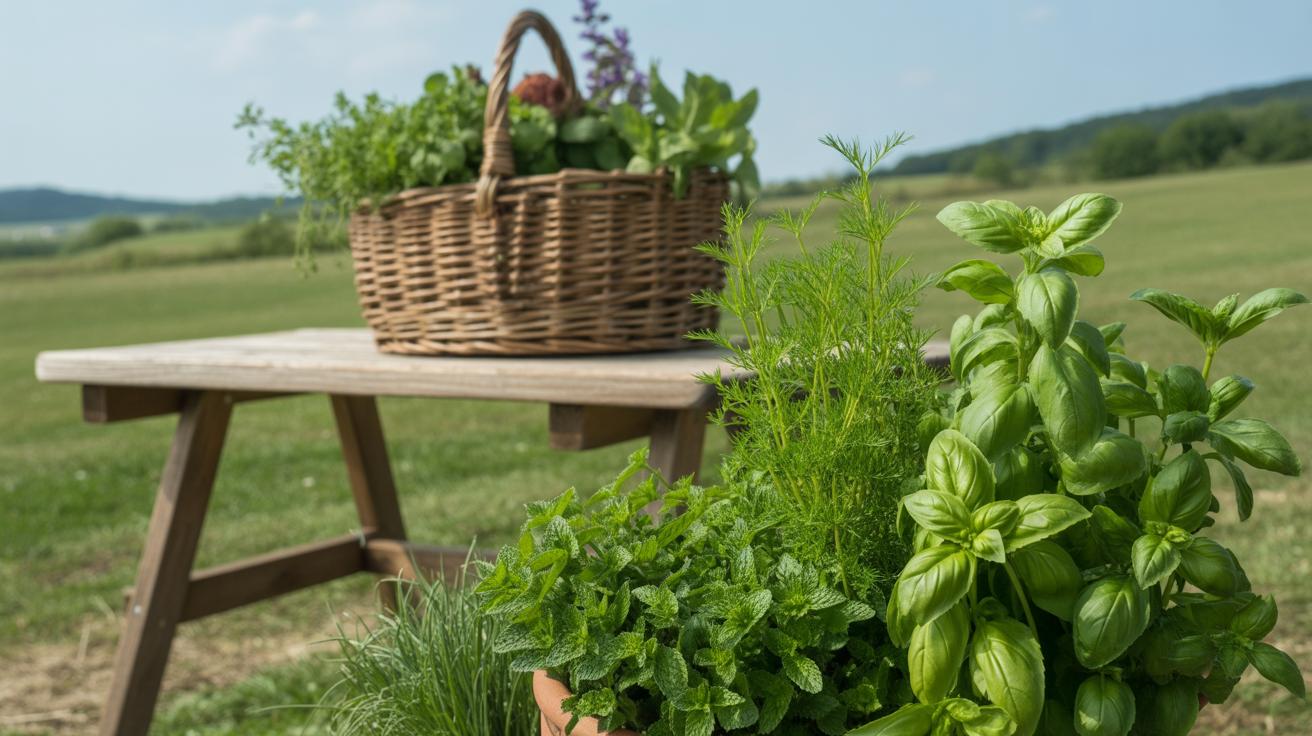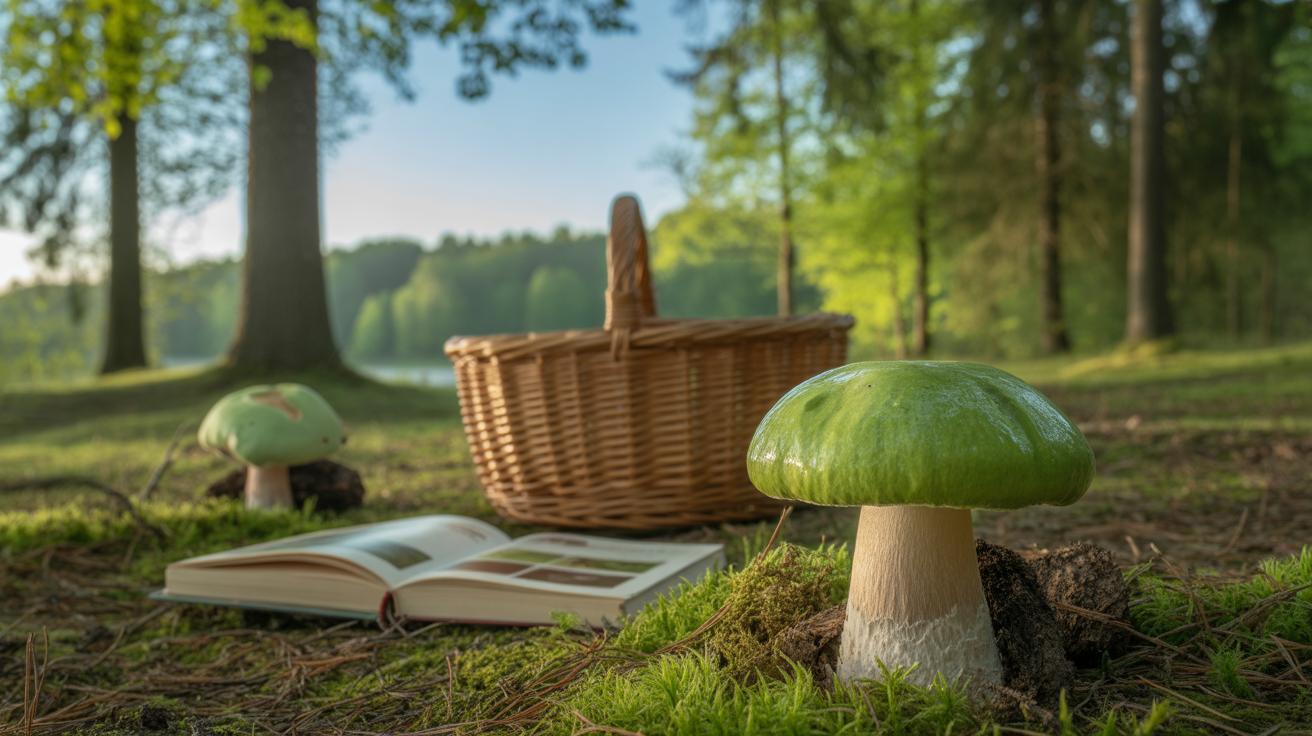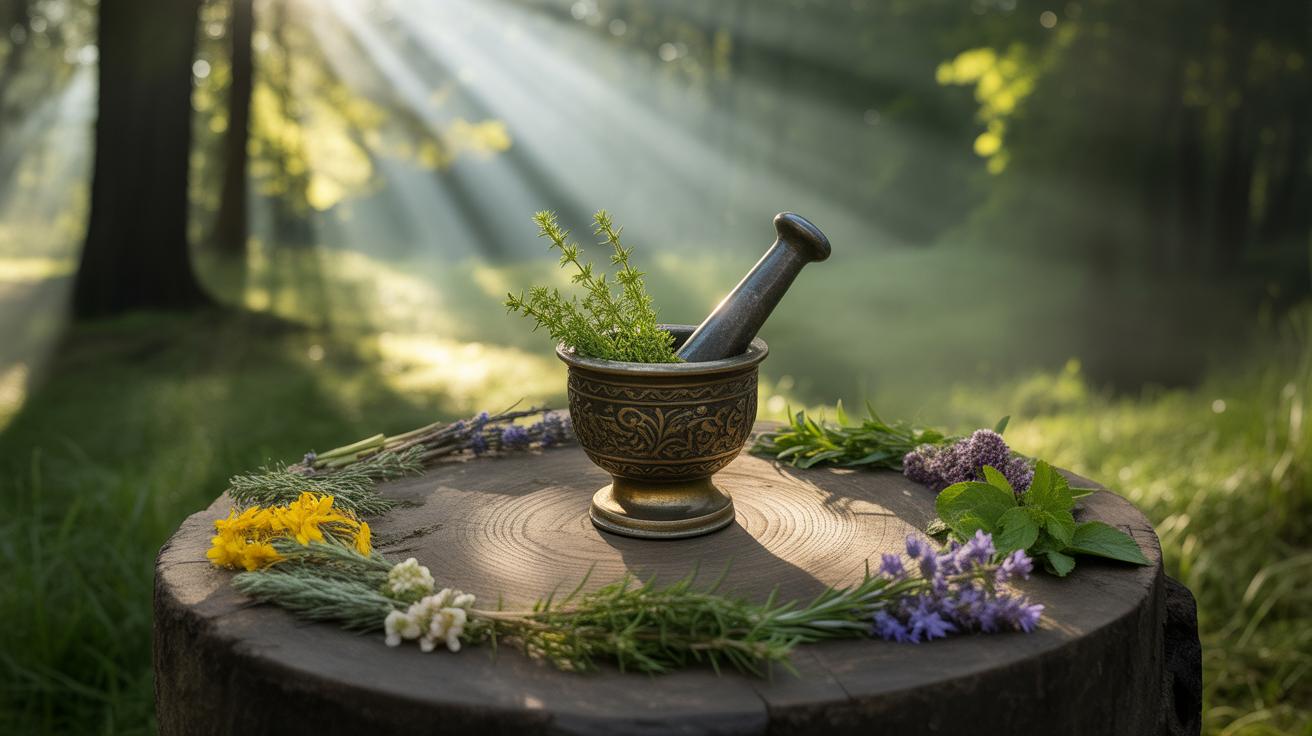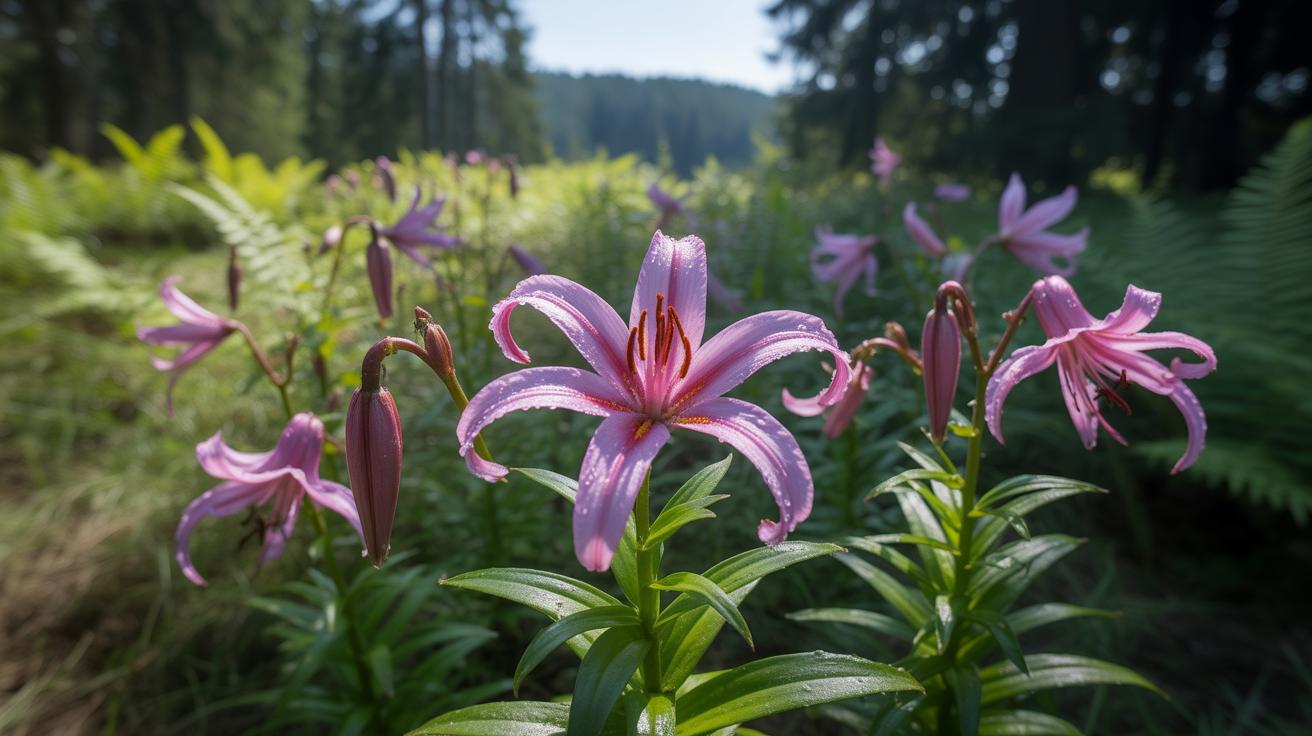Introduction
Edible herbs grow freely in many outdoor settings. These plants are more than just flavors in your meals. They can support your health naturally. When you learn to identify and use these herbs, you get easy access to natural remedies and nutrition. There’s a long history of people using herbs for food and medicine, and you can enjoy these benefits in your own backyard or on a walk in nature.
In this article, you will learn about the best edible herbs for health. We will explore how to find them, ways to prepare them, and health benefits they offer. Whether you want to boost your immunity, improve digestion, or add freshness to your diet, these herbs can help. Let’s start discovering the powerful gifts nature has for your well-being.
What Are Edible Herbs And How To Identify Them
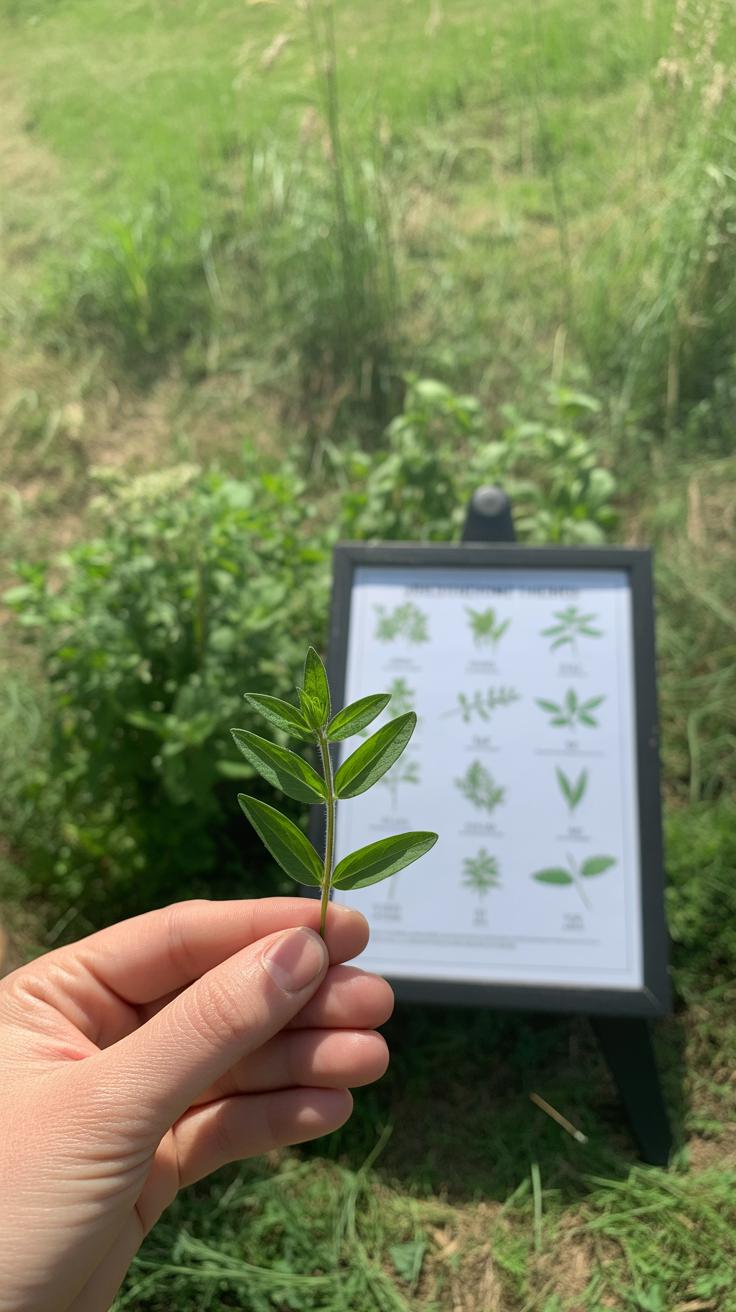
Edible herbs are plants you can safely consume for flavor or health benefits. Unlike ornamental or wild plants that might be toxic, edible herbs have parts—mostly leaves, flowers, or stems—that you can add to your meals or teas without worry. But here’s the catch: not all herbs out there are safe, and some toxic plants closely mimic edible ones. So, identifying them correctly is key.
When you spot an herb outdoors, check which part is used. Usually, leaves or flowers—but sometimes roots or seeds—are edible. Edible herbs tend to have distinct smells, which can help you recognize them. For example, crushed leaves might release a familiar minty or lemony aroma.
Non-edible plants may look similar but often lack these smells or have unpleasant scents. Also, edible herbs usually have softer stems and less woody texture compared to some wild shrubs. Learning to tell these apart means paying attention to small details and confirming with trusted sources.
Common Traits Of Edible Herbs
You can often spot edible herbs by a few shared features. Their leaves might be simple or compound, often with a smooth or slightly serrated edge. Many herbs grow relatively low to the ground or in small clusters. Their scent is a big help—leaf bruising often reveals herbal aromas, like mint’s refreshing note or basil’s sweet fragrance.
Growth habits vary but tend to be less woody and more tender. For example, wild parsley has delicate feathery leaves, while oregano features tiny oval leaves. You might notice that edible herbs usually have flower clusters that are small and inviting, often white, purple, or yellow.
These traits aren’t foolproof, but they guide your eyes and nose toward what’s worth a closer look.
Safe Ways To Identify Herbs Outdoors
Being cautious matters. Always carry a detailed field guide when you go foraging. Photos and descriptions help confirm what you see in real life. If a plant has toxic look-alikes, study the differences closely—leaf shape, stem color, or even leaf arrangement can matter.
Testing small amounts of scent or taste can help, but only if you’re confident in your ID. Never assume a plant is safe based on looks alone. Before harvesting, double-check with a trusted expert or app. And when you do collect herbs, pick only what you need and ensure the plants aren’t growing in polluted areas.
Sometimes, even experienced foragers get tripped up. The trick is staying humble and cautious. Would you want to risk a guessing game with something you put in your body? Probably not. So, be patient and build your knowledge over time.
Nutritional Benefits Of Outdoor Herbs
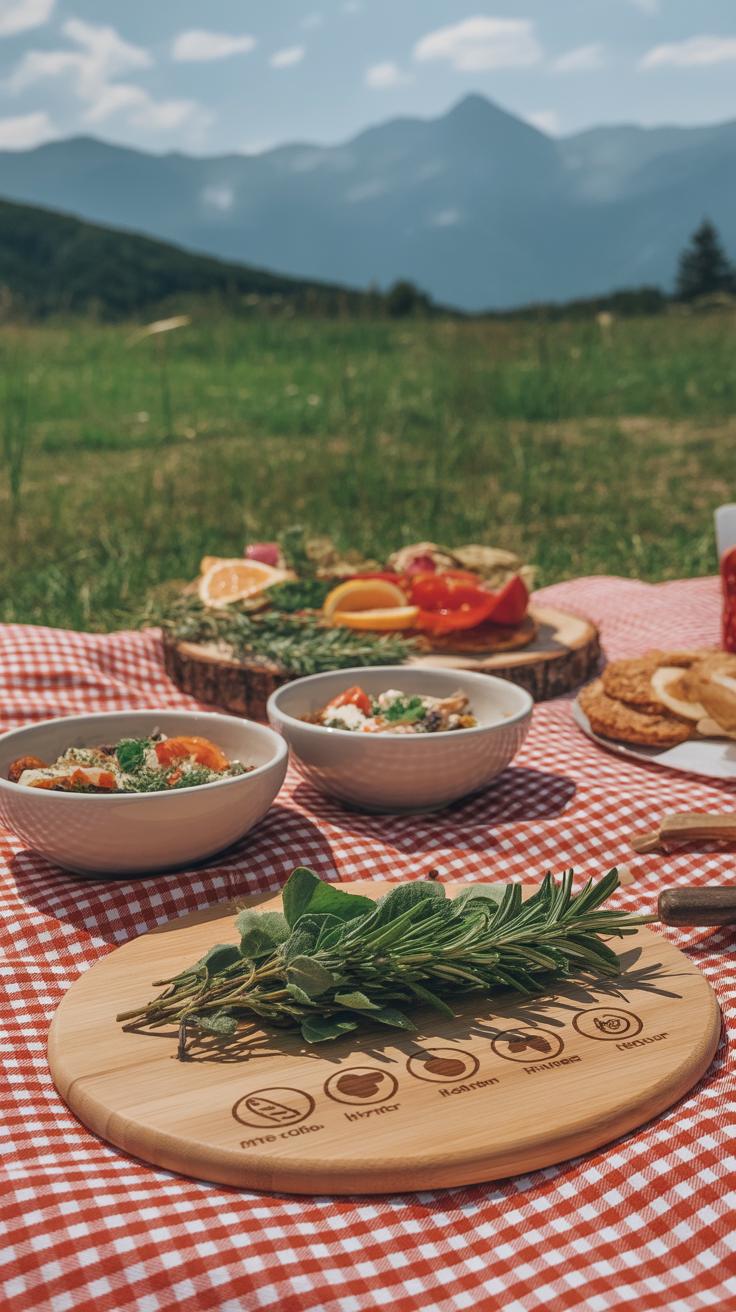
Fresh edible herbs hold more than just flavor; they pack surprisingly good nutritional value. Many contain essential vitamins and minerals your body needs daily. These nutrients play roles that might not be obvious at first glance but can influence your wellbeing over time.
Vitamins like A and C are common in herbs such as parsley and cilantro. Vitamin A supports eye health and immune function, while vitamin C helps your body repair tissues and ward off infections. Minerals including iron, calcium, and magnesium also show up in herbs like nettle and dandelion, supporting oxygen transport, bone strength, and muscle function.
Eating fresh herbs gives you these nutrients in their natural form, which often means better absorption compared to dried or processed options. Plus, the biochemical synergy within fresh greens sometimes enhances the benefits — though the exact effects can vary depending on how fresh or young the herb is when consumed.
Vitamins And Minerals In Common Herbs
Several outdoor herbs carry notable amounts of key vitamins and minerals. Here’s a quick look:
- Vitamin A: Found in herbs like basil and tarragon, supports skin and vision.
- Vitamin C: Parsley delivers a surprising boost, aiding in immunity and tissue repair.
- Iron: Nettles are well-known for iron content, which helps prevent fatigue by supporting red blood cells.
- Calcium and Magnesium: Present in herbs such as chickweed and dandelion, these minerals assist bone health and muscle relaxation.
You might wonder if small quantities really matter, but over time including herbs daily in your meals can add up. For those who forage or garden, these greens can be a welcome, fresh source of nutrients hard to get elsewhere.
Antioxidants And Their Role In Health
Antioxidants often come up in conversations about nutrition, and herbs are rich in them. But what are antioxidants, exactly? They’re compounds that help protect your cells from damage caused by free radicals—unstable molecules linked to aging and some diseases.
Outdoor herbs like rosemary, thyme, and oregano contain antioxidants such as flavonoids and phenolic acids. Regularly consuming these herbs may support your cells’ defenses, potentially reducing the risk of chronic conditions.
Freshness matters here again. Antioxidant levels can diminish after harvesting and drying, so eating herbs soon after picking can provide stronger protective effects. That said, dried herbs still hold some benefits—but the vibrancy of fresh leaves often feels more potent, as I’ve noticed when comparing a salad tossed with fresh mint versus dried.
Health Benefits From Specific Edible Herbs
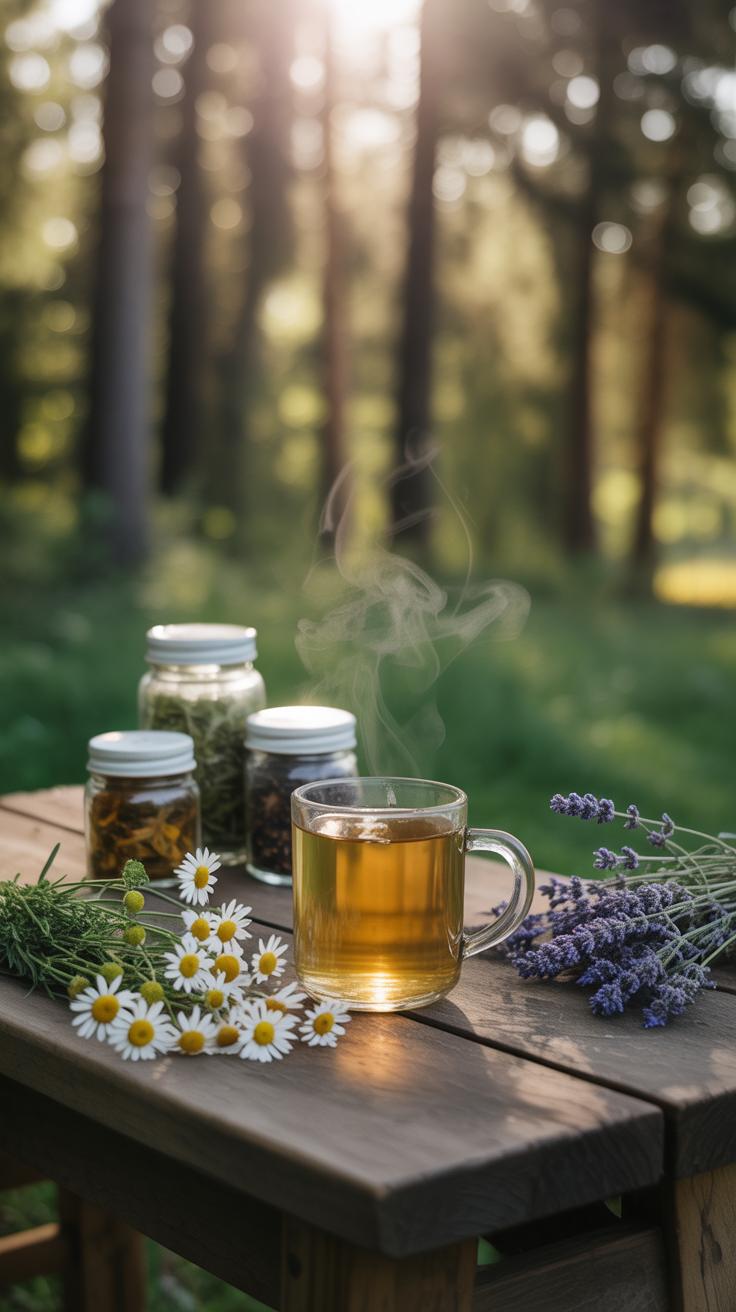
Mint, basil, rosemary, and thyme are not just flavorful additions to meals—they carry distinct health perks you might want to explore. Mint often surprises with its cooling effect and ability to relieve mild tension headaches or even ease nausea. I remember trying fresh mint tea after a long day, and it genuinely helped me relax.
Basil brings more than just aroma. It contains compounds thought to reduce inflammation and support cardiovascular health. Though it might feel subtle, regular use could gently support your overall balance.
Rosemary holds antioxidants that may improve circulation and even sharpen memory—something I’ve noticed when adding a sprig to roasted dishes. It’s not a magic pill but feels like a small nudge toward better focus.
Thyme offers antimicrobial properties, useful for minor respiratory issues. Using it in broths or teas can soothe a scratchy throat and possibly fend off colds—at least, that’s what many herbalists say.
Herbs That Help Digestion
Peppermint works wonders for digestion. The menthol it contains relaxes digestive muscles, which can ease cramps or bloating. I’ve found peppermint tea especially helpful after heavy meals—sometimes it feels like a reset for the stomach.
Ginger complements this by stimulating saliva, bile, and gastric enzymes, improving digestion overall. It’s not just a myth; many people turn to ginger when facing nausea or indigestion. Adding fresh ginger to hot water isn’t complicated and might make a difference when your stomach feels off.
Herbs That Boost Immunity
Thyme and oregano stand out in this category. Thyme includes thymol, an antimicrobial agent that can help fight infections. Using it in soups or infusions might give your immune response a slight lift during cold seasons.
Oregano also carries antioxidants and is known for its antibacterial qualities. You may find oregano oil popular, but using the fresh herb in cooking delivers benefits too. It’s tricky to say how much you need to feel different, but including them regularly seems reasonable for everyday support.
How To Harvest Herbs Responsibly Outdoors
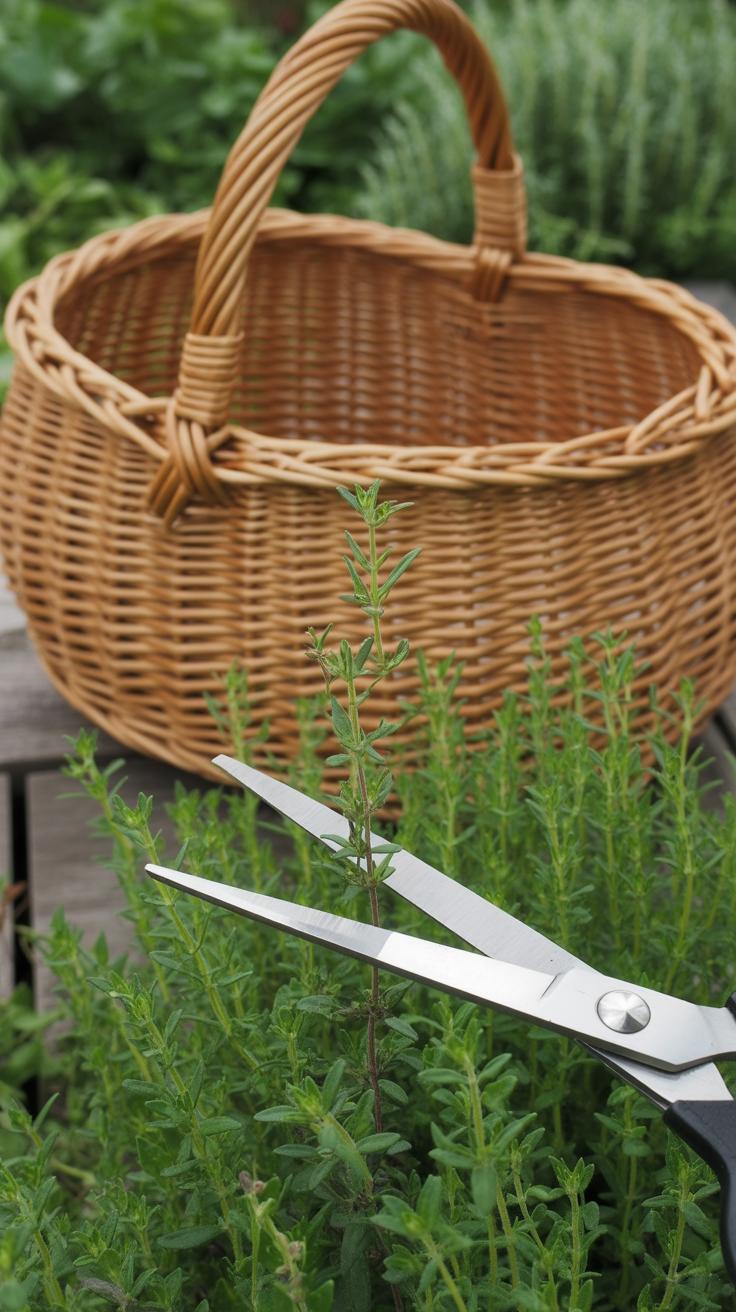
Best Time To Pick Herbs
Timing really matters when you harvest herbs, especially outdoors. Most herbs reach their peak flavor and strength just before they start to flower. For example, leaves picked in late spring or early summer tend to have more concentrated oils, which means better aroma and health benefits. I’ve found that picking early in the morning, right after the dew dries but before the sun really heats the plants, often captures the best essence.
Season plays a role too. Fall-harvested herbs can be robust but sometimes bitter, depending on the species and weather. Nighttime harvesting isn’t common, but some say it preserves certain volatile oils—though that’s harder to test. The point? Look for healthy, vibrant leaves, and don’t pick after rain or intense sun, as those conditions can dilute potency or dry out delicate compounds.
Techniques For Sustainable Harvesting
Taking herbs without damaging the plant or the local ecosystem requires a little care. Always try to harvest no more than one-third of the plant at a time. That way, it has enough leaves left to keep growing. Snipping stems just above a leaf joint encourages regrowth, rather than ripping or pulling whole branches.
It’s tempting to gather as much as you can, especially if you spot a patch of wild mint or thyme. But think twice before striping a plant bare. Instead:
- Pick from multiple plants rather than one single patch.
- Avoid harvesting endangered or rare species, even if you stumble upon them.
- Use clean, sharp scissors or pruners to minimize damage.
- Leave roots and flowers intact whenever possible, so seeds can spread naturally.
I remember once overharvesting thyme on a hike, only to find the patch struggling the next year. It was a reminder that patience—and respect—go a long way when gathering nature’s greens.
Simple Ways To Prepare And Use Edible Herbs
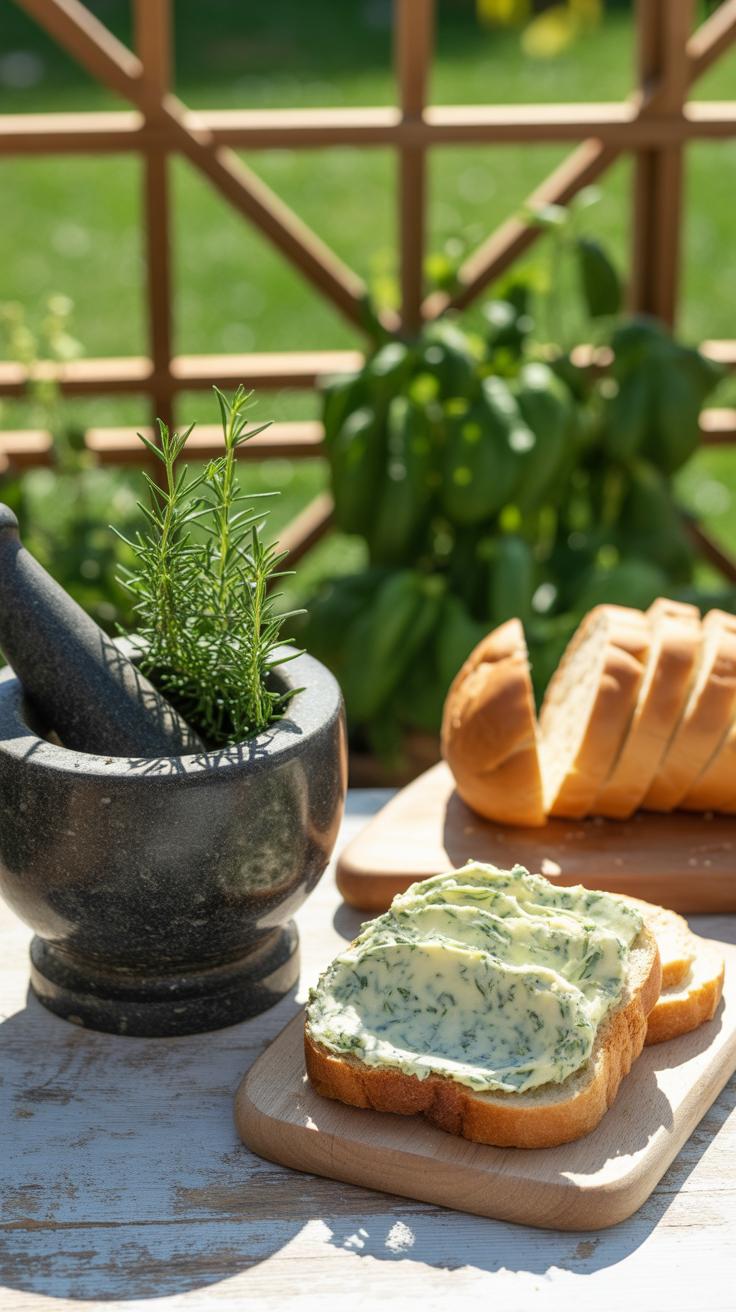
Fresh herbs can easily brighten up your meals without much fuss. Toss some chopped parsley or basil into your salads just before serving — it adds a fresh splash of flavor and a handful of nutrients. I often throw rosemary or thyme into roasted vegetables during cooking; their aroma seeps in, making the dish richer. Sometimes, a simple sprinkle of mint over fruit feels surprisingly refreshing.
Herbal teas are another straightforward way to enjoy herbs. Just steep fresh leaves like chamomile, lemon balm, or peppermint in hot water for a few minutes. You might find these teas soothing, especially in the evenings or when you want a gentle way to unwind. And making tinctures is simpler than you’d think: soak chopped herbs like echinacea or elderberry in alcohol for a couple of weeks, then strain. It’s a concentrated boost, usually taken in small doses, which some people swear by for immune support.
When preparing herbs, try washing them gently and storing them wrapped in a damp paper towel inside the fridge to keep them fresh longer. You could also freeze chopped herbs in ice cube trays with a bit of water or olive oil — handy for quick use later. These small steps save waste and keep your herbs accessible.
Have you ever wondered which herbs suit your taste best or how much you can add without overpowering a dish? Experiment a bit. Sometimes, it’s better to start small — the world of herbs is full of surprises, and you might discover your new favorite flavor combination simply by trying.
Growing Your Own Edible Herbs Outdoors

Choosing Herbs For Your Garden
Starting an outdoor herb garden can feel a bit intimidating at first, but picking the right herbs makes all the difference. Some herbs are surprisingly hardy and adapt well to various climates. Basil, for example, thrives in warm conditions but might struggle in cooler areas. Mint is almost too easy, sometimes even taking over if you’re not careful. Parsley does well almost everywhere, though it tends to prefer some shade during hot summers.
If you’re in a cooler zone, rosemary and thyme can handle the chill better than many others. Those with smaller outdoor spaces should consider compact herbs like chives or oregano, which don’t grow too wild and fit nicely in containers or small beds.
Choosing herbs also depends on how you plan to use them and what flavors you enjoy. Have you tried lemon balm? It adds a fresh twist to tea. Or maybe coriander, though it can be a bit finicky with temperature swings.
Care And Maintenance Tips
Keeping herbs healthy outdoors isn’t rocket science, but it does require some attention. Most herbs prefer well-drained soil; soggy roots usually don’t survive long. A sandy loam or a soil mix with good drainage can help prevent common problems like root rot.
Sunlight matters quite a bit. Most herbs want at least six hours of direct sun each day. That said, some like mint and parsley appreciate a touch of shade, especially in hotter climates. Watering is a bit tricky — you don’t want to drown your plants, but letting the soil dry out completely is often worse. A good rule of thumb is to water when the top inch of soil feels dry. This can vary depending on weather and soil type.
Pruning regularly encourages fuller growth and prevents herbs from flopping over. And yes, feeding them occasionally with a mild fertilizer helps, but I’ve found that many herbs manage fine without constant boosting if the soil is decent.
Common Mistakes To Avoid When Using Edible Herbs
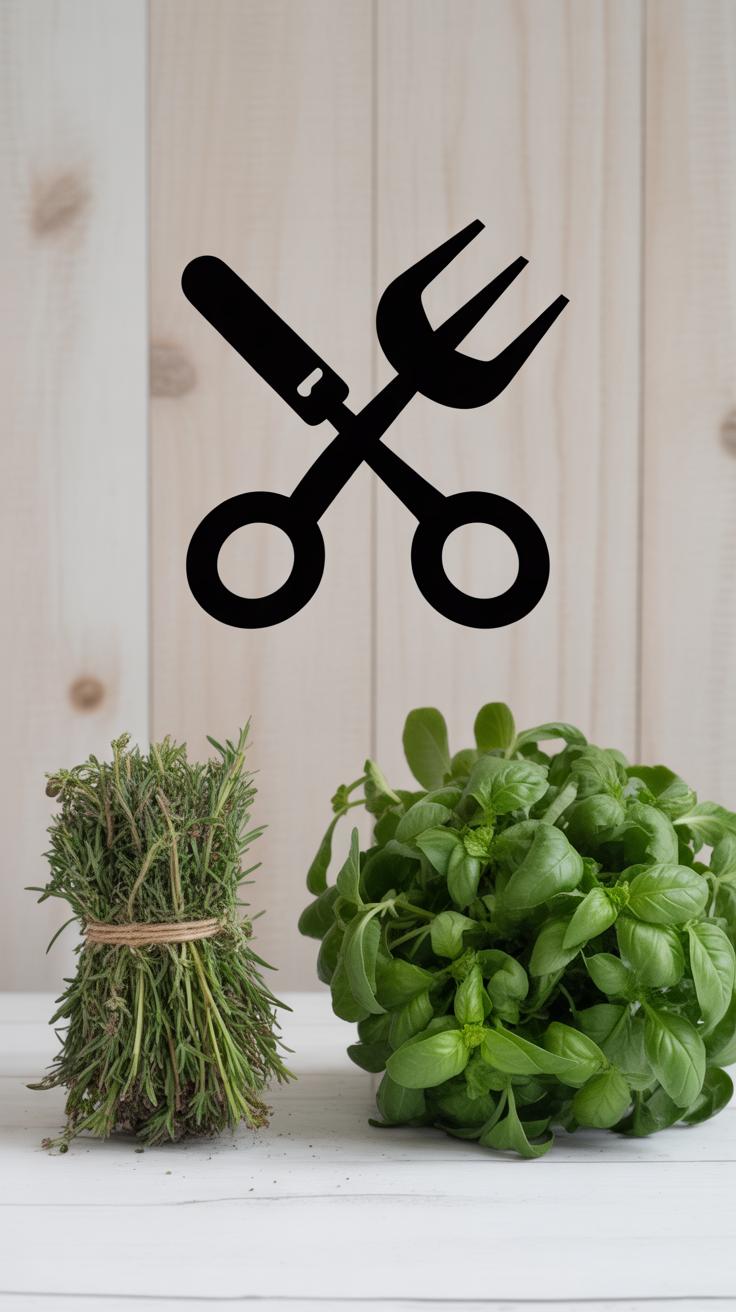
Mistaking Harmful Plants For Edible Herbs
One of the biggest risks when working with edible herbs outdoors is confusing a safe plant with a dangerous one. Many harmful plants look strikingly similar to edible varieties. For example, wild parsley can be mistaken for poison hemlock, which is highly toxic. This mistake could lead to serious health problems, even poisoning. To avoid this, always take time to learn the key identification traits of each herb you plan to use. Use multiple sources—guidebooks, apps, or expert advice—and never rely on a single feature like leaf shape or smell alone. If you’re unsure, it’s better to skip that plant altogether rather than take a risk. I once thought I found wild oregano, but after a double check, I realized it was close to a look-alike I shouldn’t consume. That moment made me more cautious about rushing into harvesting.
Overusing Herbs In Cooking And Remedies
Herbs offer great benefits, but more is not always better. Overindulging in herbs, especially medicinal ones, can cause unwanted effects. For instance, large amounts of peppermint might upset your stomach or interfere with medication. Cinnamon, taken excessively, can strain the liver. The reason is herbs contain active compounds that affect your body and may cause side effects in high doses. It’s tempting to add extra herbs for flavor or health, but sticking to recommended amounts keeps things safe and balanced. Remember, moderation helps your body respond well without overload. Sometimes I get carried away adding extra herbs just to boost taste, only to regret when my stomach feels sensitive later. Keeping track of how much you actually use can make a big difference.
Herbs For Stress Relief And Mental Health
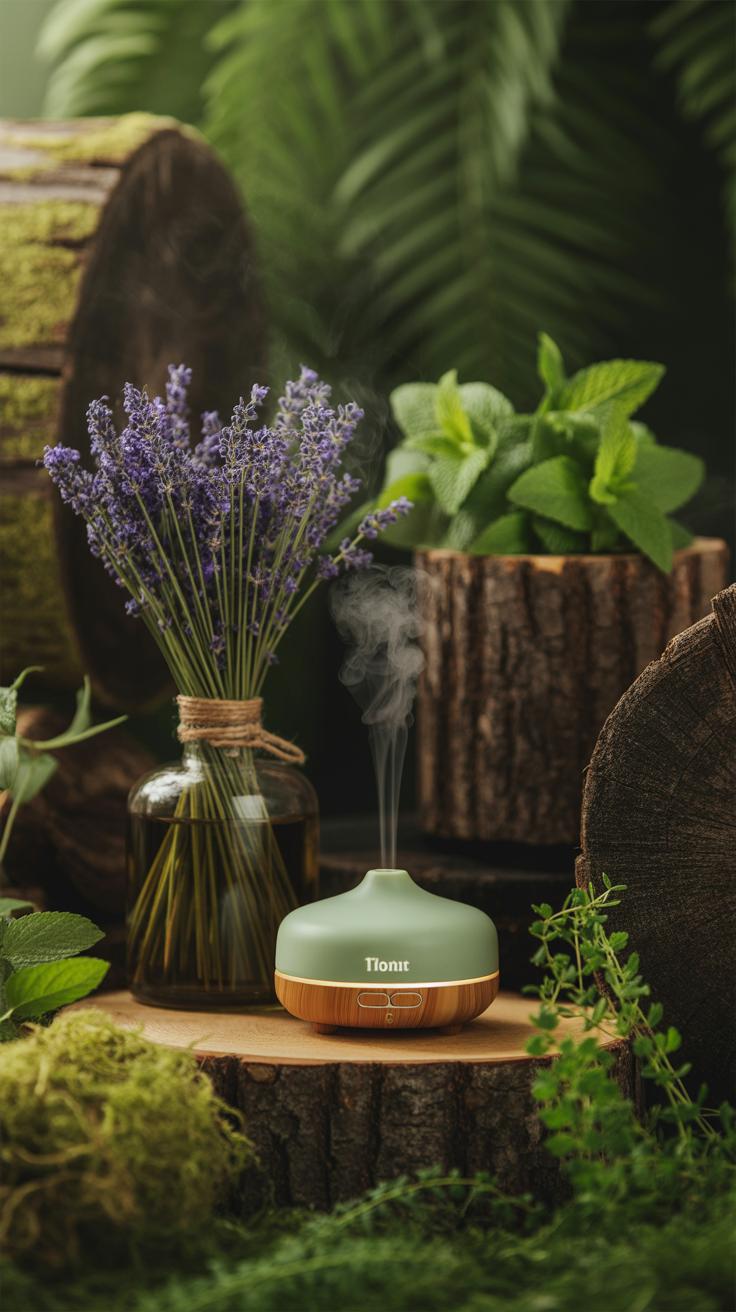
Calming Herbs You Can Find Outdoors
Some herbs growing wild or in gardens really do seem to slow things down a bit. Lavender, for example, is often found in outdoor settings and is known for its calming scent and gentle effect on the nerves. A few sprigs of it tucked into your pillowcase or brewed as a tea can help ease tension. Lemon balm is another one you might spot in shaded areas. Its light citrus aroma can lift your mood without overwhelming your senses.
People often underestimate how such simple plants help with relaxation. You can crush the leaves between your fingers to release the aroma or steep them in hot water for a mild, soothing tea. Sometimes, just holding these herbs or smelling them can signal your brain to unwind. It may feel a bit subtle, but repeated use tends to build a comforting routine.
Incorporating Herbs Into Daily Self-care
Adding herbs to your everyday life doesn’t need to be complicated. Try making a small herbal sachet to keep near your desk or bedside. Breathing in lavender or lemon balm while working could help reduce stress spikes. Some even like to add fresh lemon balm leaves to cold water for a refreshing, calming twist during hectic afternoons.
Another easy routine is a quick evening herbal tea—maybe lavender and lemon balm mixed together. It’s a simple act that nudges your mind toward rest. While it’s not a fix-all, these little rituals can subtly support your mental well-being. Do you find that these small moments of calm accumulate? I do, even if they sometimes fade when life gets busy.
Seasonal Herbs And Their Unique Benefits
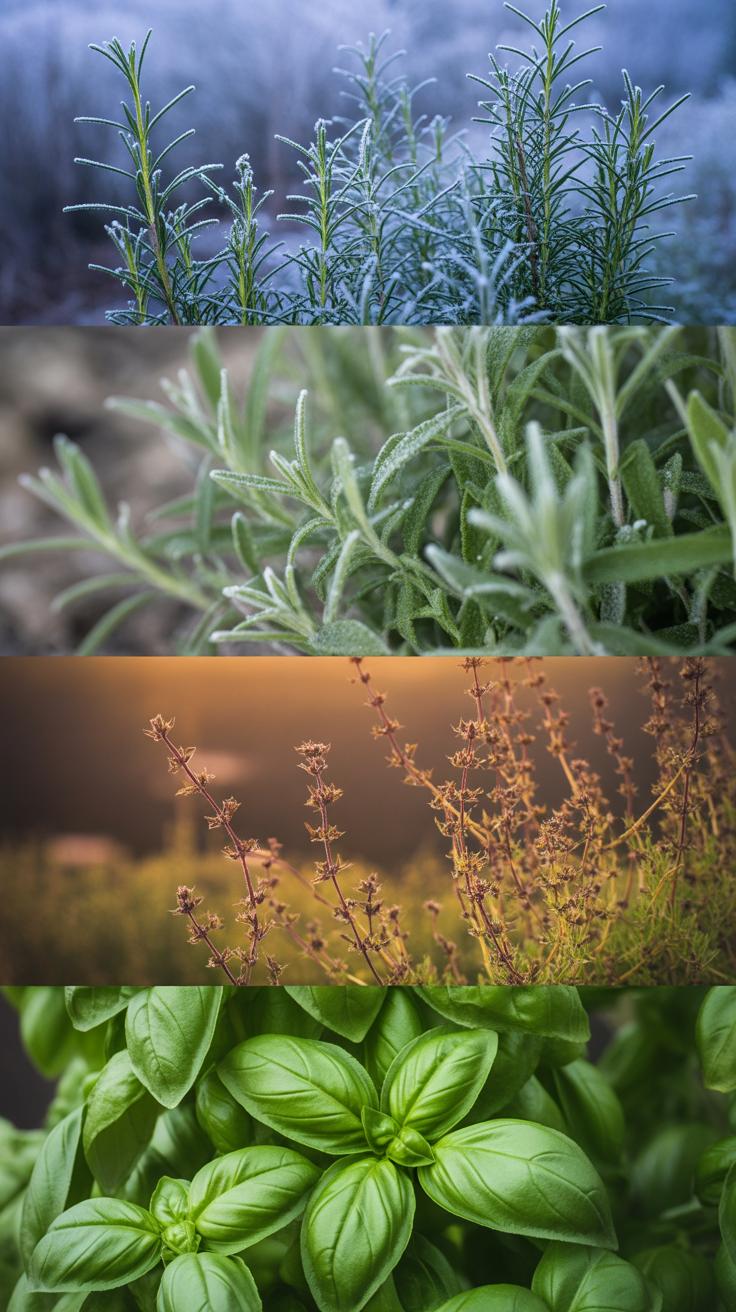
Spring And Summer Herbs
During the warmer months, herbs like basil, mint, and dill flourish. They soak up the sun and grow rapidly, offering fresh, vibrant leaves you can harvest almost daily if you’re attentive. Basil, for example, isn’t just great for flavor; it contains compounds that might help reduce inflammation and support digestion when added to your meals.
Mint’s soothing properties are well-known. I’ve found a cool mint tea refreshing on hot days, easing occasional stomach upset or headaches. Dill also stands out, with its ability to aid digestion and possibly promote better sleep. These herbs are lively and abundant, perfect when you want to enhance your cooking or make simple infusions close to nature.
Though they thrive in sun, they need regular watering and space to spread. You might notice their flavors deepen during long sunny periods, which makes me wonder how much sunlight truly shapes their benefits. Their bright green leaves are a telltale sign of growing health.
Fall And Winter Herbs
When the temperatures drop, hardy herbs like rosemary, thyme, and sage become more prominent. They can withstand chillier air and shorter days, continuing to provide benefits when many plants slow down.
Rosemary, with its piney aroma, is often linked to better memory and concentration. I use it in slow-cooked dishes during autumn nights, feeling its warming effect. Thyme offers gentle antimicrobial qualities that can support your immune system as colds become more common. Sage, often used in teas during cold months, may soothe sore throats and aid respiratory health.
These herbs don’t require as much attention as spring growers but do prefer well-drained soil and some light. Collecting them fresh can be a small seasonal ritual—maybe a quick walk around your garden or a glance outside before settling in with a warm cup.
Do you notice how these seasonal herbs seem to match the body’s changing needs? As you think about your garden or local foraging spots, consider which plants are not just available but could truly support you through each season’s challenges.
Incorporating Edible Herbs Into Your Outdoor Activities
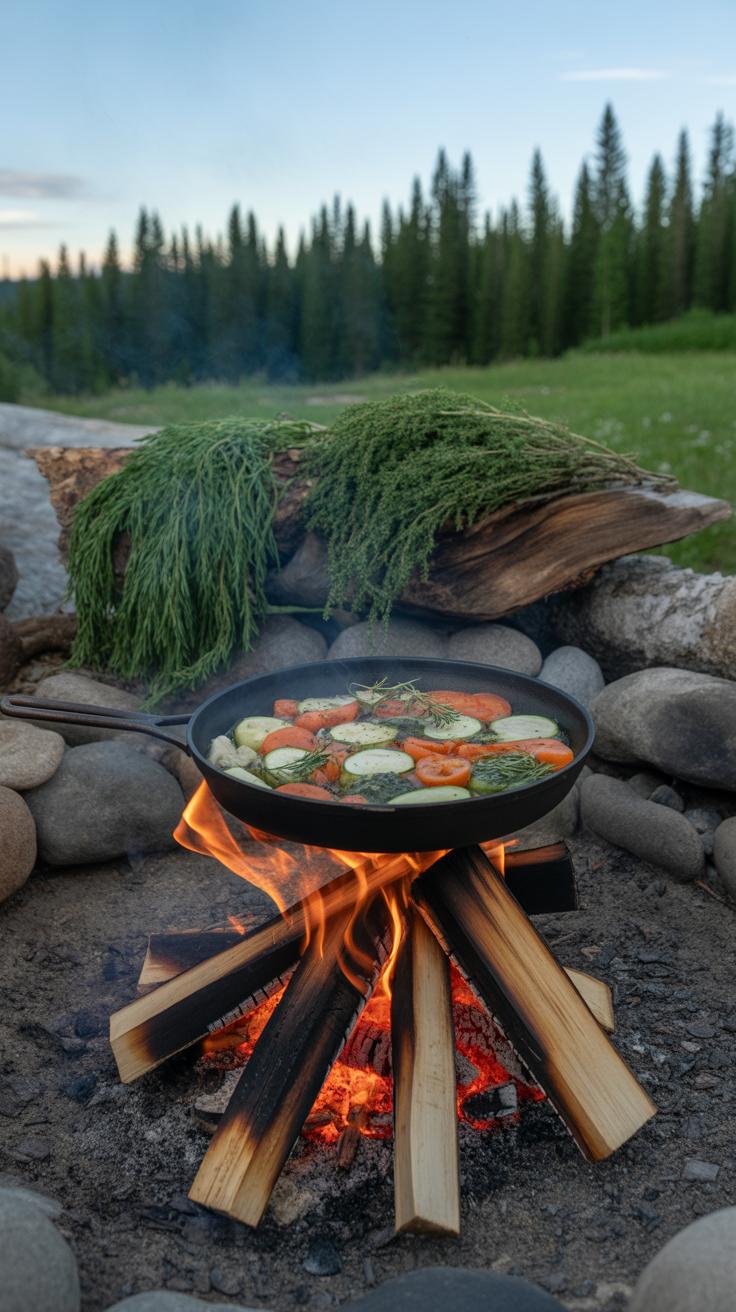
When you’re out camping or hiking, stopping to forage or simply enjoy herbs can feel surprisingly rewarding. Imagine grabbing fresh mint by the stream or chamomile near your tent—these little moments can boost your mood and energy. Sometimes, it’s easiest to carry pre-dried herbs like rosemary or thyme; they don’t take up much space and hold their benefits well. But if you spot wild sorrel or nettle, a quick pinch can add a fresh zing or soothing effect.
A tip for gathering on the go is to bring a small cloth bag or a jar for loose leaves. Avoid crushing them too soon—keeping the herbs intact preserves their flavor and nutrients better. If you’re unsure about identification, stick to what you’ve grown or learned well before heading out. It’s tempting to collect everything fresh, but drying some herbs beforehand can save hassle and weight.
Easy To Carry Herbs For Outdoor Adventures
Some herbs are just simpler to bring along, whether fresh or dried. From experience, I find these especially handy:
- Mint: Refreshing and digestive, easy to carry fresh in a small container.
- Rosemary: Robust when dried, a quick pick-me-up flavor.
- Lemon balm: Great to dry for calming teas during chilly evenings.
- Thyme: Compact and flavorful, dries well and keeps.
- Lavender: More than fragrance, carries soothing properties for tense moments outdoors.
The best part? These herbs often multitask. They can flavor meals, soothe insect bites, or calm nerves.
Preparing Quick Herbal Snacks And Drinks
When hunger strikes, herbs can be more than a garnish. Try tearing fresh wild garlic leaves into your trail mix or steeping dried chamomile in hot water for an instant, calming tea. One of my favorites is a simple lemon balm and mint infusion—steep in hot water for five minutes, then cool it a bit for a refreshing drink. Maybe add a little honey if you’ve got it on hand.
A quick snack could be whole grain crackers topped with soft cheese and fresh thyme—it feels fancy, but takes moments to throw together. Or crush dried rosemary into nut butter for a savory twist. Even something like nettle powder, stirred into soups or stews, can add an invisible nutrient boost. These small efforts make your outdoor time feel a bit healthier and a bit cooler.
Conclusions
Herbs provide simple and natural ways to support your health every day. By understanding which edible herbs grow in outdoor settings, you can enhance your meals and boost your immune system. Using herbs like mint, basil, and thyme can help with digestion, relieve stress, and even fight minor illnesses. The key is to learn how to identify them safely and use them effectively.
Adding herbs to your health routine connects you with nature and helps you take control of your wellness. You can try growing herbs at home or find them on walks outdoors. Start small and enjoy the fresh taste and health benefits. These herbs are easy to use, and with practice, you will see how they improve your quality of life in practical, simple ways.


